Join David Kitler and learn to take your wildlife paintings to the peak of photorealism. In this two-minute clip, learn how to use a texture technique to create realistic tree bark while painting with acrylic.
Watch here:
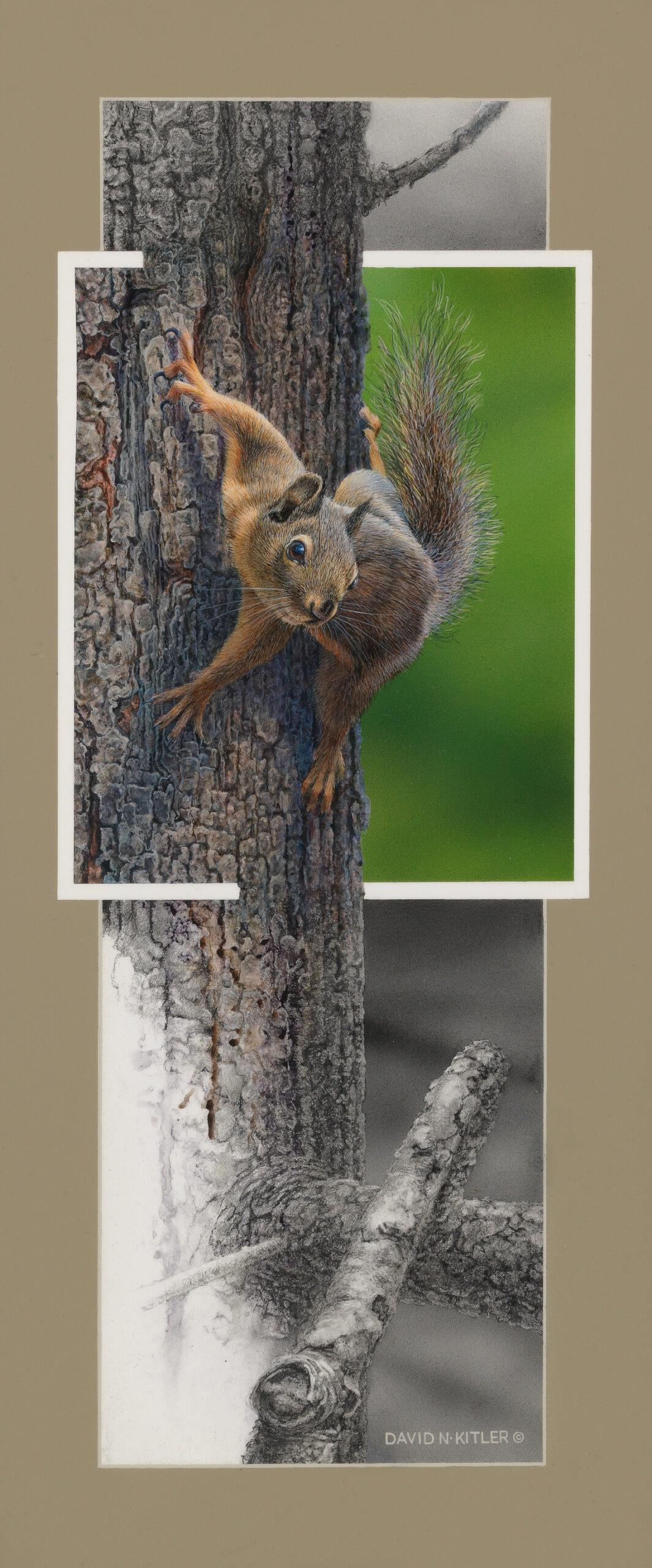
From the Video:
The fundamental thing I try to teach is using white opaques with transparent washes over the top of the white marks to convey texture. I want the white to look like the texture, and the washes to make it look like colored texture.
Something as simple as bark has a lot of facets to it. You could spend hours drawing every little detail, but I’m going to show you something I’ve come up with that gets the job done a lot sooner.
Take an ordinary sheet of bond paper, cut it to a manageable size and crumple it up. Look at the pattern that’s created and try to find the resemblance to the patterns in the bark.
Dip the piece of paper into a well of white and then apply it in whatever form you want, and see if you can create a bark-like underpainting.
I don’t think it takes a lot of imagination to understand that when these marks are covered with browns that are darker (maybe at the first part) and then successively lighter washes, you’ll create a feeling of bark.
I’ll let some of these dry and maybe come back to them, but the idea is to show you that there are ways to make complex things in nature happen a lot faster when you’re painting with acrylic.
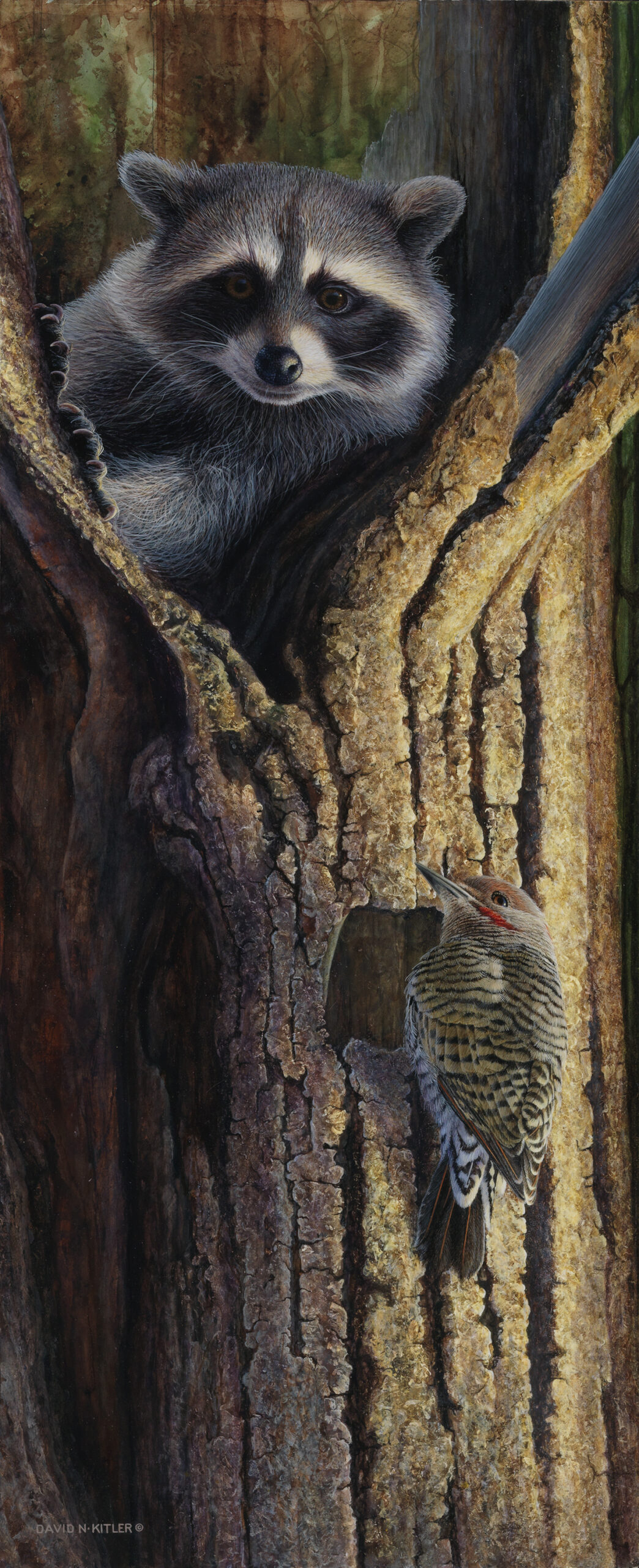
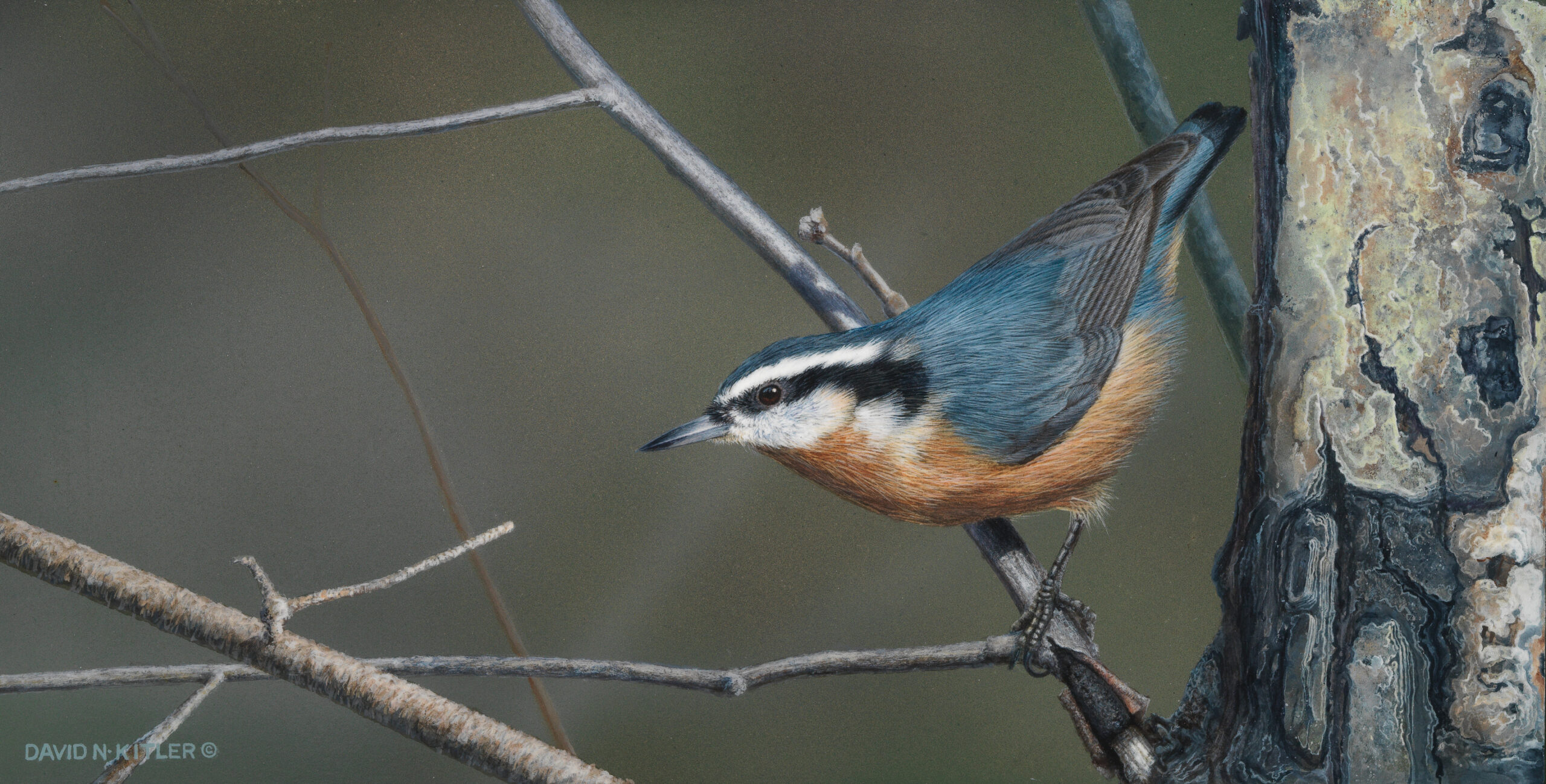
***
This mini-lesson is from David’s 90-minute art workshop video, “Painting Nature’s Textures in Acrylic.” David’s advanced art techniques center around the transparent qualities of acrylic paint. He uses that transparency to create luminous feathers and intriguing eyes.
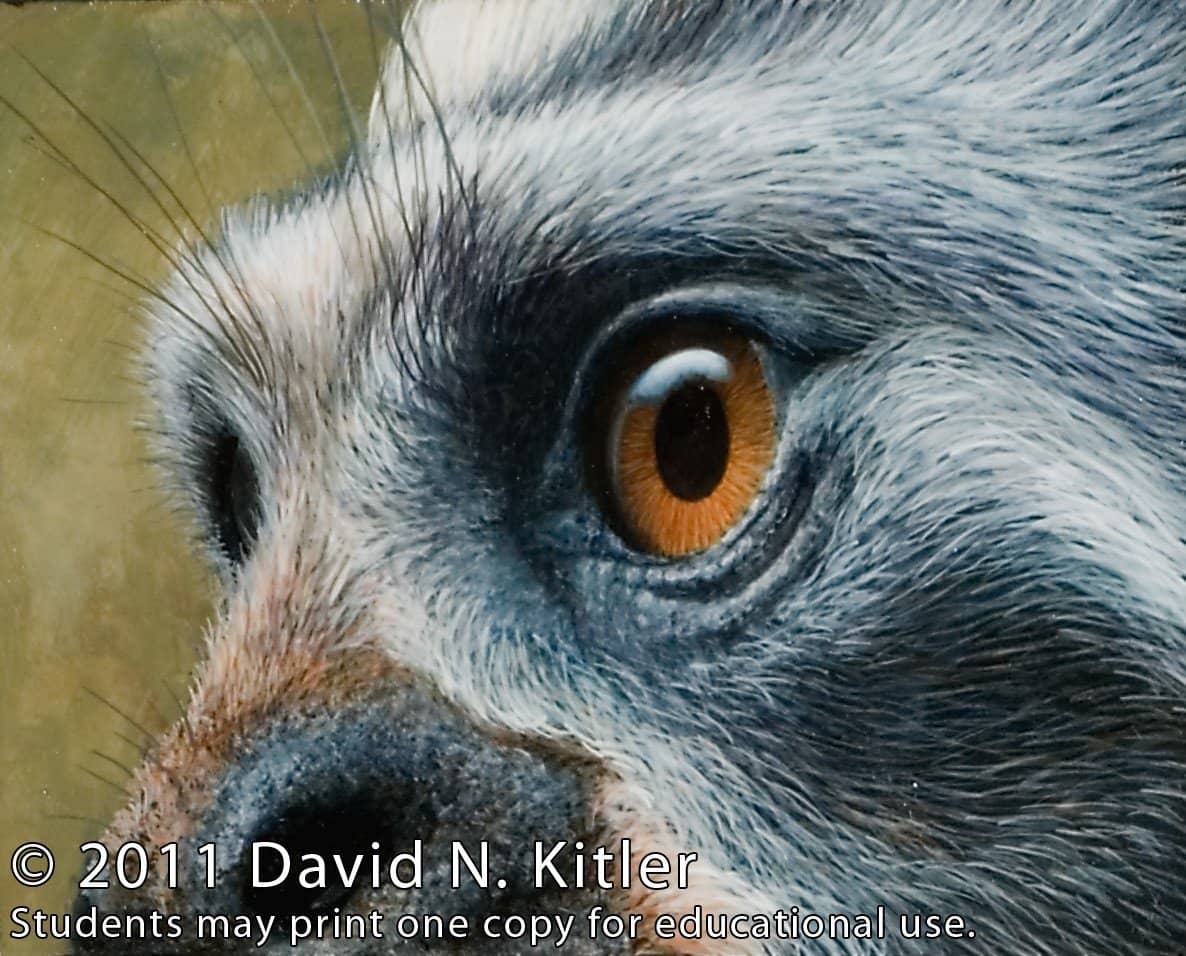
When painting, David has two primary objectives: to bring the “wild” within reach of those who have not had the opportunity to experience it for themselves, and to provide a permanent reminder to those who have.
David has always been intrigued by nature’s intricate details. As he likes to point out, “God is an amazing designer. The closer you look, the more there is to see…” It is this intricacy, combined with the subtleties of mood and environment, that David attempts to capture in his paintings.


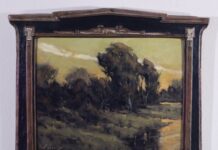
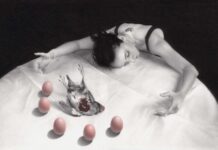
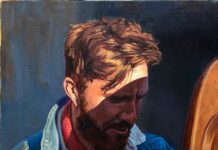
Gotcha! Painting ‘realistic’ bark suddenly seems within reach. Over the years I have struggled with varying degrees of success. This light bulb moment has given me a new start, but even more importantly this is a technique that is infinitely reproducible. Thank you David.
Comments are closed.